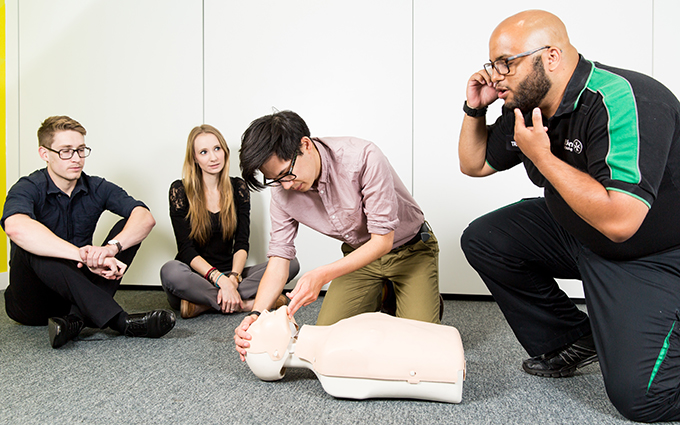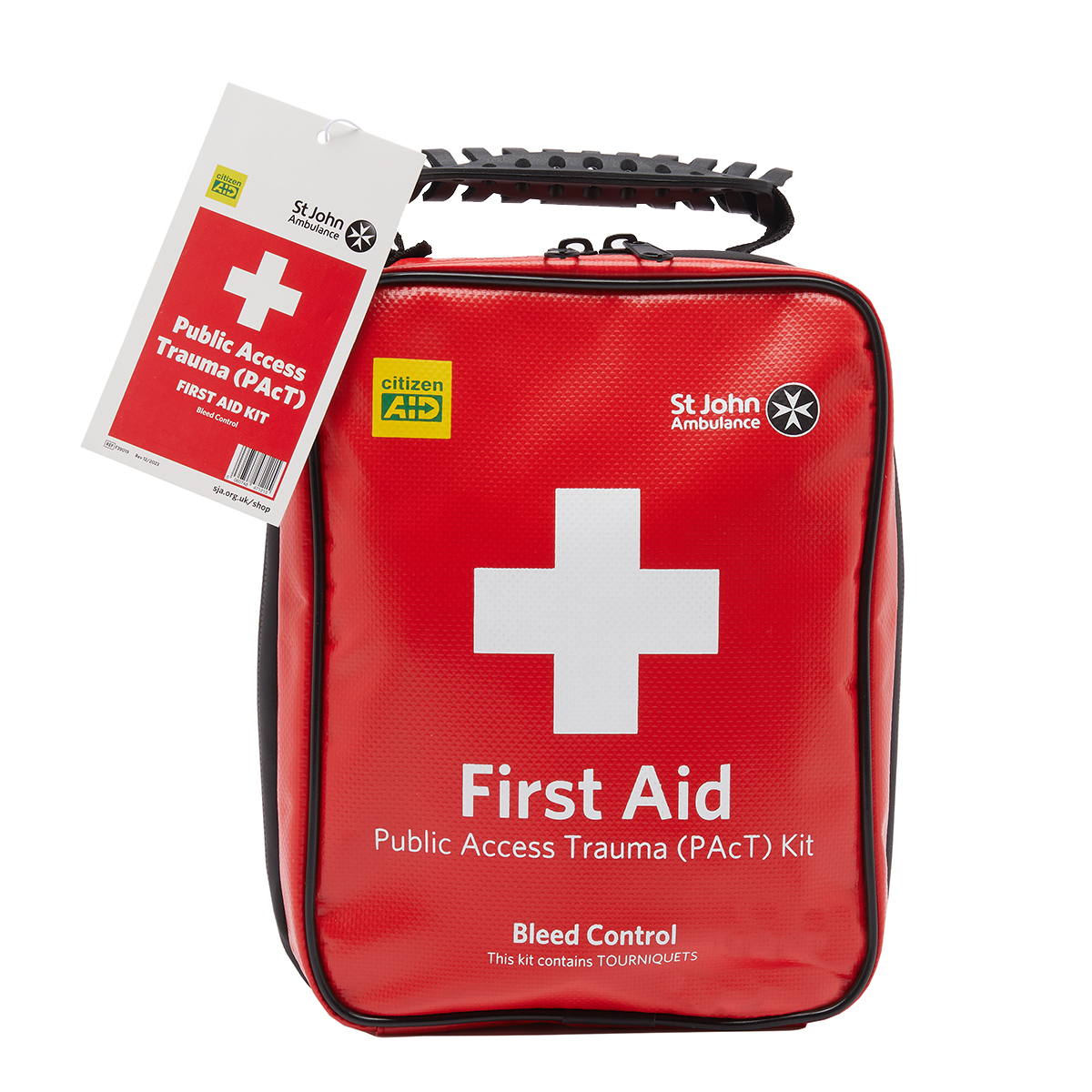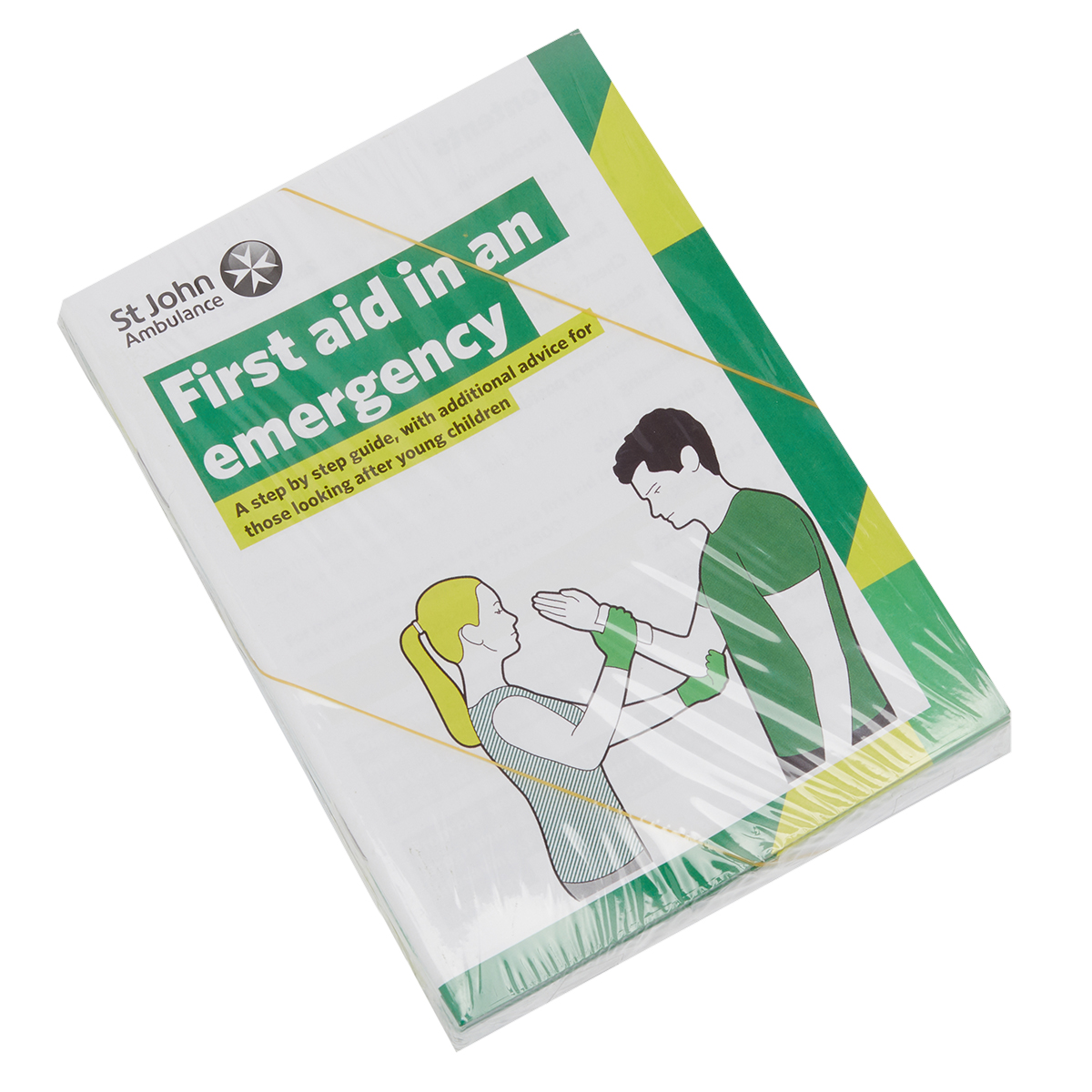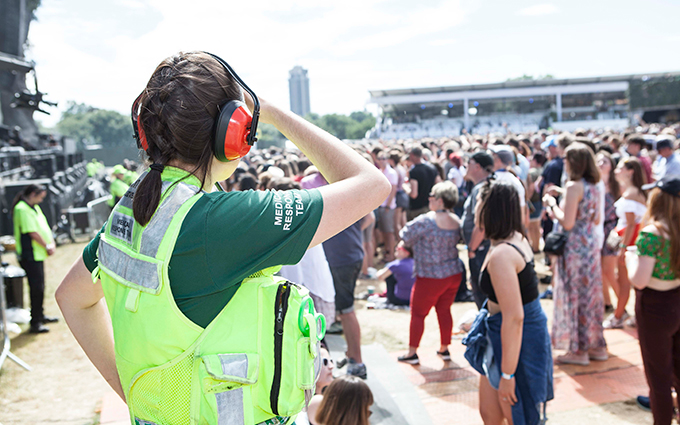Published: 18th June 2025.
Last updated: 18th June 2025.
Author: Lisa Sharman.
Contents

"Targeted first aid training and thorough preparation are essential for all workers but especially those in high-risk industries. Lisa Sharman, National Head of Education and Commercial Training, St John Ambulance, explores how these measures help improve safety, reduce injuries and support effective emergency response."– Lisa Sharman, National Head of Education and Commercial Training, St John Ambulance
We all hope to come home from work the same way we left: safe and unharmed.
However, some jobs, by their nature, carry a higher risk of life-changing incidents than others. Companies are required to do what they can to prevent such risks. But what if the worst does happen?
In critical moments, knowing what to do – and acting quickly – can save lives and change outcomes for the better.
Is your industry high risk?
The UK’s most dangerous industries are construction, agriculture and manufacturing, according to the Health and Safety Executive (HSE). These sectors accounted for the majority of the 138 people killed in work-related accidents in 2023/24.
When it comes to non-fatal injuries, the HSE numbers show that, in addition to construction, there are three other sectors at higher risk. These are accommodation and food services, transportation and storage, and wholesale and retail trade, which includes motor vehicle repair.
Because employees in these sectors often work in unpredictable environments or use heavy machinery, common causes of injury and death include falling from a height, being struck or trapped by a vehicle or object, or being injured by equipment.
But workers in high-risk jobs can face many other dangers, ranging from exposure to hazardous substances and materials to malfunctioning equipment and electrical shocks.
High risk can mean high stress
The stress of working in such environments also carries a high risk of mental health conditions, including anxiety, burnout and PTSD.
Research shows that many workers in sectors such as construction are affected on this front. Nearly a third of builders surveyed by St John Ambulance said they were struggling, overwhelmed or suicidal. Eight in 10 said they had suffered a mental health issue at some point in their career.
Another study looking at mental health in the UK construction sector found that the majority of workers believed mental ill health increases the risk of injury on the job – 22% of workers in the sector reported having suffered an injury at work as a result of poor mental health.
Assessing high-risk environments
Taken together, the human and financial costs of work injuries are significant, from mental health challenges and reduced morale to lost productivity and potentially costs that can include compensation.
So what do businesses in these sectors need to do to identify, understand and manage risks?
UK regulations, including the Health and Safety at Work Act 1974, state that all employers have a legal duty to take steps to ensure the health, safety and welfare of employees. The incoming Martyn’s Law, meanwhile, will require workplaces and public spaces to establish procedures to help protect people from terror-related incidents.
Low-risk companies may only need to implement basic business health & safety controls to comply with health & safety law. This involves examining the nature and level of risks faced, the likelihood of them occurring, and the effectiveness of the controls in place to manage them.
Higher-risk businesses will likely need to invest more in planning, monitoring and reviewing their measures. Someone with knowledge of the activity or process should complete the assessment, which may mean bringing in a specialist. If a consultant is involved, workers still need to be included in the process.
This risk profile should be recorded and regularly reviewed, and workers should be trained on risk controls.
Responding if the worst does happen
Businesses in high-risk industries will also need to offer and regularly update specific training programmes on safety, on identifying and managing hazards and for emergency response.
St John Ambulance courses First Response Emergency Care Level 3 (FREC3) and First Responder on Scene (FROS) help workers understand the responsibilities of a first responder, from assessing and managing an incident to knowing how to respond to chest injuries, wounds, catastrophic bleeding and more.
It's important to ensure this training is kept up to date and that, at any one time, there are always enough trained people on site. Risk-specific PPE and equipment such as trauma kits and defibrillators should also be available, regularly reviewed and restocked.
Employees trained to deal with emergencies calmly and effectively can save lives – they are a key part of ensuring that safety isn’t a side project but embedded in the company culture.














